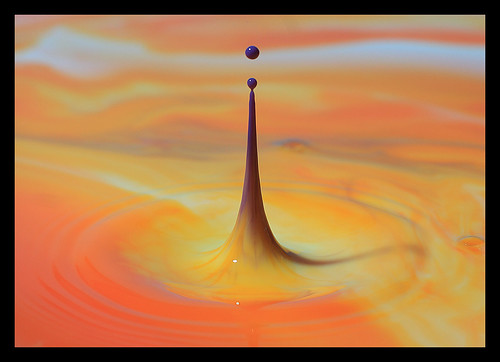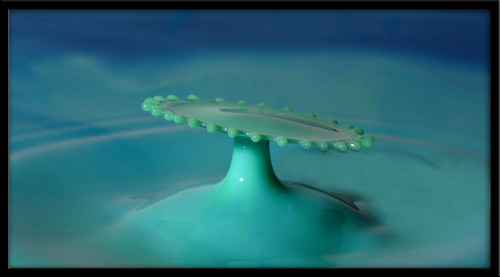Amateur Photographer published a whole 2 pages of my pictures in their latest edition (17th Oct). The first time I've ever seen my stuff in print and it's really a milestone for me. This splash is dedicated to them :) freshly created last night.
I'd like to thank them for publishing my pictures, it's really given me a boost, hopefully if there's a next time I'll have some even more amazing shots for them :)
This shot is for them :

However the real thanks have to go to everyone else that has helped me on my photographic journey so far
My Dad.. His enthusiasm for photography since I was small and his willingness to teach me everything he knows and help out wherever he can (you think your getting back that vivitar 285 flash you 'loaned' me? :) ) really kept me going.
My Mum.. for putting up with the photo-talk when I come round and loving all my pictures.
My Family.. for putting up with kitchen's covered in food dye, no milk in the morning for cereal because I used it all up making splash pics and generally for being great.
And for everyone on flickr for such great comments, faving my pics and occasionally pushing them up into that hallowed ground of 'Explore' :)
Thanks also to all the other 'serious' water drop photographers on flickr who share their methods and wisdom (if I forgot you I'm sorry) : SteveP Corrie Jens VisualAssault Keith2784 Jason Mark Sporys Aylesbury_Mark you all do such great work!
Thank you all.
Chris




